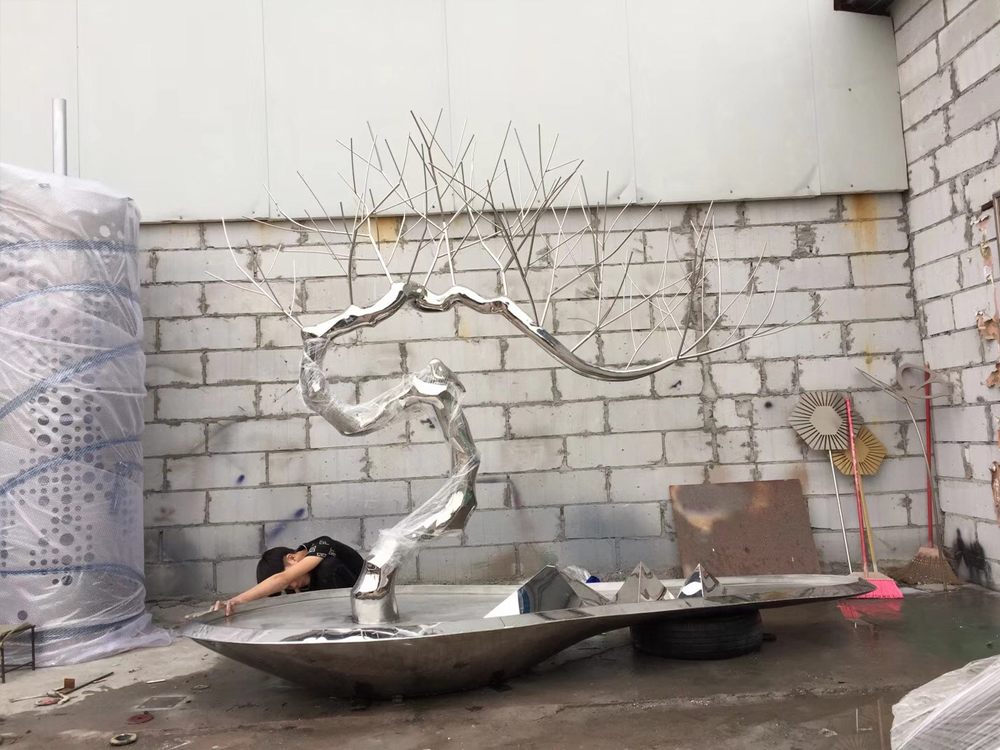
Bronze sculptures in outdoor garden settings engage in a captivating interplay with natural light, creating ever-changing visual experiences. As sunlight shifts throughout the day, these metallic artworks transform dramatically. Morning light often highlights intricate textures with soft golden hues, while midday sun creates sharp contrasts between illuminated surfaces and deep shadows in recessed areas.
The unique properties of bronze - its warm patina and reflective quality - allow it to interact with light in ways no other material can. Sunlight brings out the rich brown undertones of the metal, while overcast days soften the sculpture's appearance, revealing subtler details. At sunset, bronze sculptures seem to glow from within as low-angle light intensifies their warm coloration.
Seasonal changes further alter this interaction. Summer's intense light creates vibrant highlights, while winter's softer illumination emphasizes the sculpture's form over surface detail. Rain adds another dimension, with water droplets enhancing light reflection and creating temporary mirror-like effects on the bronze surface.
Garden designers often position bronze sculptures to maximize these light interactions. Placing them near reflective surfaces like ponds doubles their visual impact, while positioning against dark foliage creates striking contrast. Some artists even incorporate light-responsive patinas that change color under different lighting conditions.
This dynamic relationship between bronze and natural light ensures garden sculptures never appear the same way twice, offering viewers an ever-evolving artistic experience that connects art with the natural world.

